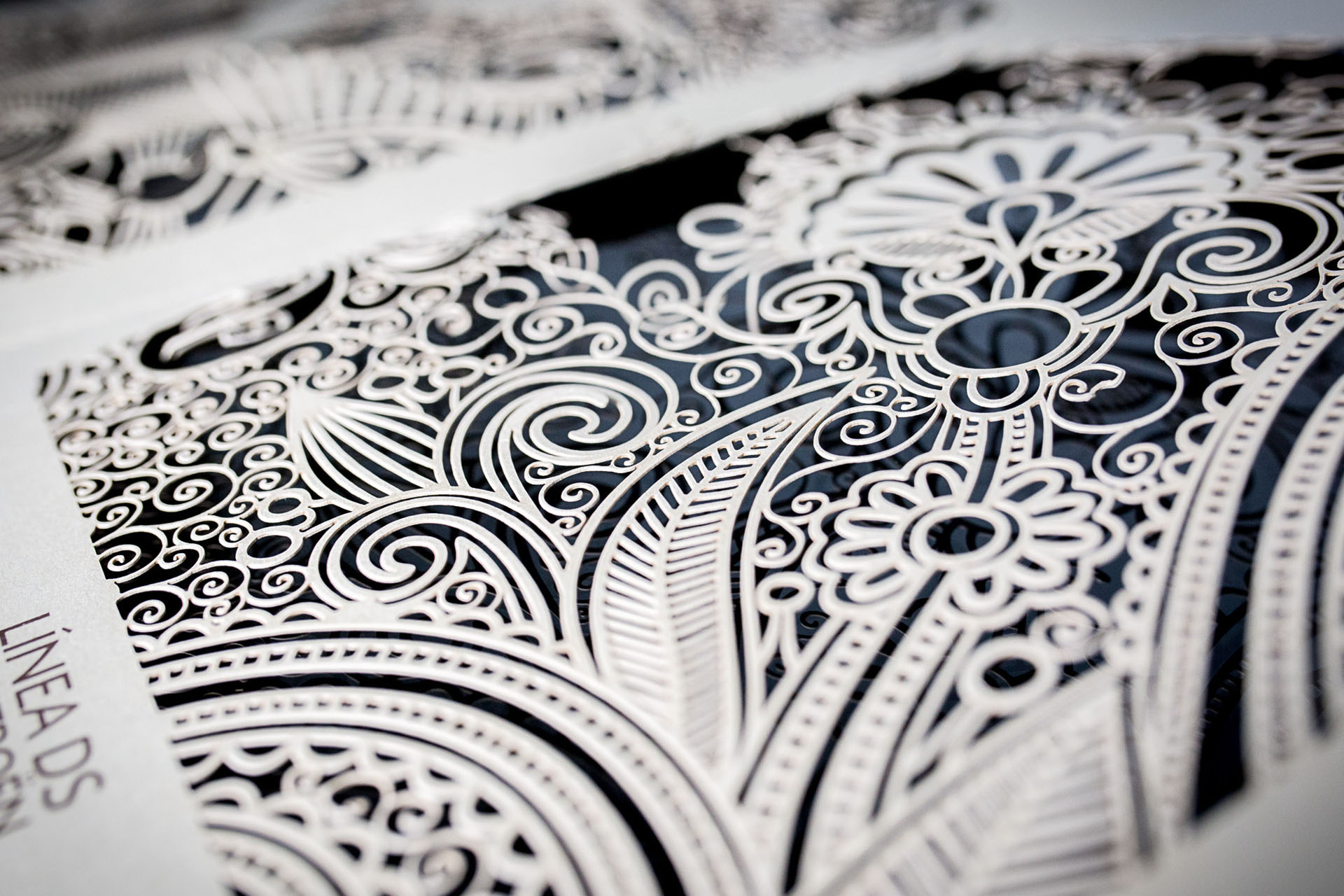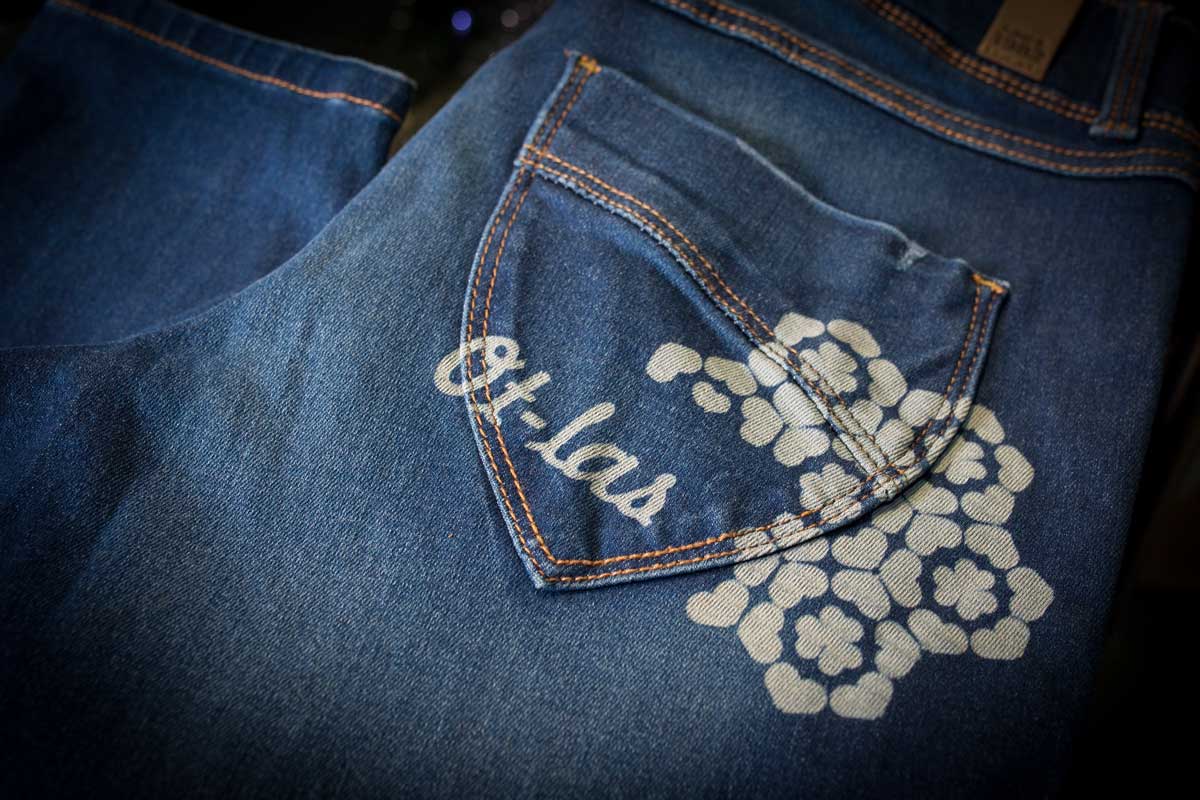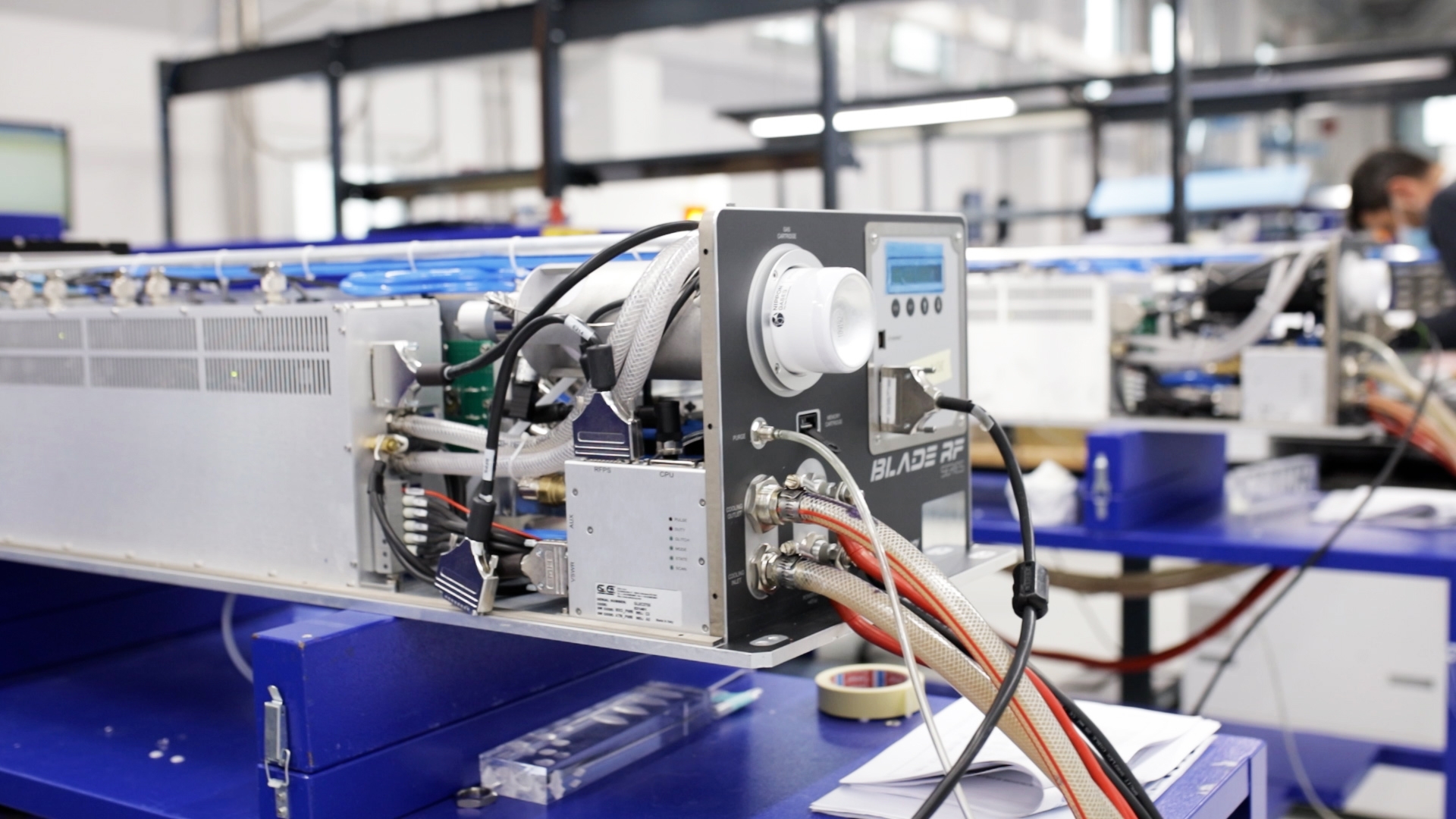The advantages experienced in manufacturing by CO2 laser processing have profoundly changed times and operating cycles within a number of sectors. Over the last years, versatility, efficiency and sustainability related to laser technology have allowed companies to be increasingly more competitive thanks to more rapid and accurate manufacturing.
How can such a change in performance be explained and what way does the laser lead the company to transform the manufacturing processes?
The way the CO2 laser works: that is the reason why it is so effective
The CO2 laser technology is based on the stimulated emission of energy in the form of infrared light, with features (“coherence”) that make it usable for industrially advantageous interactions and processes. The laser beam generated by photons stimulated by energy contribution, is sent to an opto-electronic system and managed with high accuracy and speed.
Versatility of laser-treated manufacturing for complex processing
Another advantage of the CO2 laser manufacturing is the possibility to carry out complex treatments that would require too long and fragmented time through traditional means. In fact, the laser machines allow engraving and marking accurate drawings, graphic elements and patterns, thus creating unique effects, that would otherwise be impossible. Such flexibility in processing makes the laser highly valuable even in sectors that require creativity and customization, such as fashion, design, interior design and automotive.
What are the types of manufacturing that are most related to the laser?
Due to its high performance in terms of accuracy, power and speed as well as processing versatility, the CO2 laser features a number of applications. Here are some sectors that were completely revolutionized by laser technology:

Laser processing of paper and cardboard
The paper industry sector is one of the fields which most benefited from CO2 laser processing. The advantages of the laser in terms of rapidity and accuracy allow creating cutting-edge custom-made packaging in a very short time. This way, the industries related to paper processing can realize sophisticated and original graphic effects, unlocking designers’ creativity from the ties of mechanical manufacturing. Furthermore, cardboard die-board making through the laser considerably optimizes manufacturing time and mode compared with the use of mechanical sheets and die-boards. The laser does not require any tools’ placement and change and guarantees flexibility of potentially unlimited shapes and patterns. Finally, it prevents waste and the production of scraps and residues, not to mention the fact that marking can replace the use of ink for wording, thus being a far more sustainable technology.
The laser advantages for food marking
In the food industry the CO2 laser has allowed increasing safety speed and customization in packaging production and food marking. The use of laser systems has optimized packaging production in increasingly more original and effective plastics or cardboard. In addition, the food laser marking allows indelibly reproducing any code, logo, date or alphanumeric series with no contact with the product. The outcome is far safer marking, that does not alter the marked food quality while ensuring traceability. Another decisive advantage is environmental impact reduction. The absence of chemical inks in the various treatments and the replacement of plastic labels allow using green, effective and environmental-friendly marking systems.

Laser engraving and marking in fashion
Manufacturing speed, no use of chemicals and special solutions to create unlimited unique effects in limited time are the advantages that could conquer the fashion sector too. Clothes, accessories and footwear manufacturing has totally changed due to the laser technology use. Ranging from the leather, denim to other textile processing, the CO2 laser has introduced new standards of quality and customization. If more complex and unique processing traditionally required long manual processing and very long manufacturing times, nowadays the laser can overcome these barriers. Even mass manufacturing can make use of refined and creative processing, that can be endlessly repeated with the utmost speed and accuracy. Furthermore, the laser has allowed replacing polluting processing techniques, such as the denim ageing by means of chemicals and sandblasting, with green and sustainable processes.
Laser processing for the interior design and sound sectors
Even the interior design sector has recently unveiled the added value of CO2 laser processing. The possible solutions of engraving and microperforation offered by the laser systems allow creating unique furnishing elements and design objects, in limited edition too. In addition, the laser technology is particularly popular for microperforation of insulating or sound-absorbing panels in that it allows getting very accurate micro holes in terms of number, size and depth.
The advantages of the Ot-Las laser processing systems:
Better power and quality performance. The Ot-Las laser processing systems use the most powerful laser sources and a very high-definition autofocus system.
Proprietary technology. Ot-Las designs and manufactures all its laser machines in house so as to ensure the utmost quality in any manufacturing phase. Furthermore, it searches for and develops – on an ongoing basis – new solutions that can meet and foresee the needs of the industrial world.
Bespoke configurations. The Ot-Las staff is available to create laser systems with bespoke configurations based on the customer’s needs.
3D laser processing. The Ot-Las laser processing systems use an anthropomorphic robot that allows treating parts in 3D and any position.
Find out more info about Ot-las laser processing systems or contact us to get any further information.
